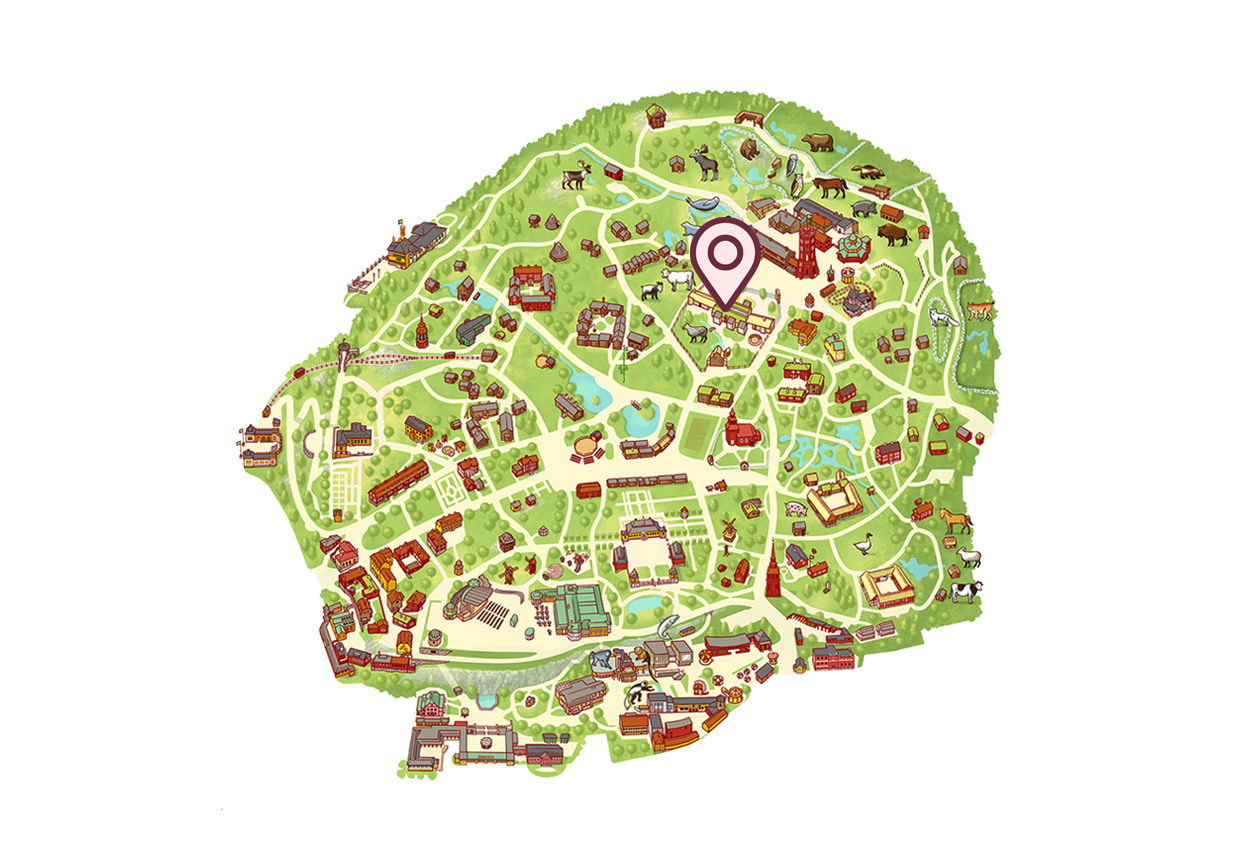There are wild rabbits in southern Sweden. They were introduced in Skåne and on Gotland a hundred years ago, and have since spread to Götaland. All domesticated rabbits are descended from wild rabbits.
Wild rabbits thrive best in open areas where they can graze, but they also like bushes and thickets where they can quickly hide. Rabbits live precariously – they can be eaten by hawks, eagles, foxes and polecats. They dig burrows in the ground where they live, and – if frightened – they quickly disappear down into the ground. In the wild they live in large groups, or colonies, with each family having its own burrows.
Many different breeds of rabbit
Rabbits can have almost any appearance, because there are many different breeds of rabbit. Wild rabbits are grey, but domesticated ones can also be black, white or black and white. Netherland Dwarf rabbits are small and cute, with short ears, and Holland Lop rabbits are small with floppy ears. Rex rabbits are large and have short, velvety fur. Angora rabbits are even larger and are often white, with a soft, long-haired coat.
Sweden has two old rabbit varieties, known as native breeds: the Gotland rabbit and the Mellerud rabbit. Preserving old native breeds is important, as they are part of our cultural heritage.
Thrives on a high-fibre diet
Rabbits enjoy eating carrots, but are healthiest when they eat high-fibre foods such as grass, leaves, twigs and buds. A rabbit’s teeth never stop growing! Its teeth grow two or three millimetres every week, but will wear down just as quickly if they are fed a high-fibre diet.
Rabbits cannot absorb all the nutrients at once from the food they eat, so they eat their poo (at least once) to make use of all the nutrients left in their faeces.
Both pets and pests
When Europeans settled in Australia, they brought the animals they liked with them from Europe. The rabbit was one such animal, which many settlers wanted to hunt or as a domesticated animal on the farm. Rabbits had no natural enemies in Australia, and spread in their millions. They became a problem for farmers and gardeners, and so they tried introducing European predators such as the red fox. This created an even bigger problem, because the predators did not bother hunting rabbits. Slow-moving Australian marsupials were much easier to catch, so many of these were wiped out or dramatically reduced.
Wild rabbits are now hunted all over the world, including in Sweden. Rabbit meat is served in many restaurants, especially further south in Europe.
Rabbits are very popular pets, and they love being cuddled. They like to eat plants that you can pick yourself, such as dandelions and other leaves and flowers. Rabbits also like to jump and run, so they need a lot of space to move around.
If you have domesticated rabbits as pets, it is a good idea to have at least two to keep each other company.
